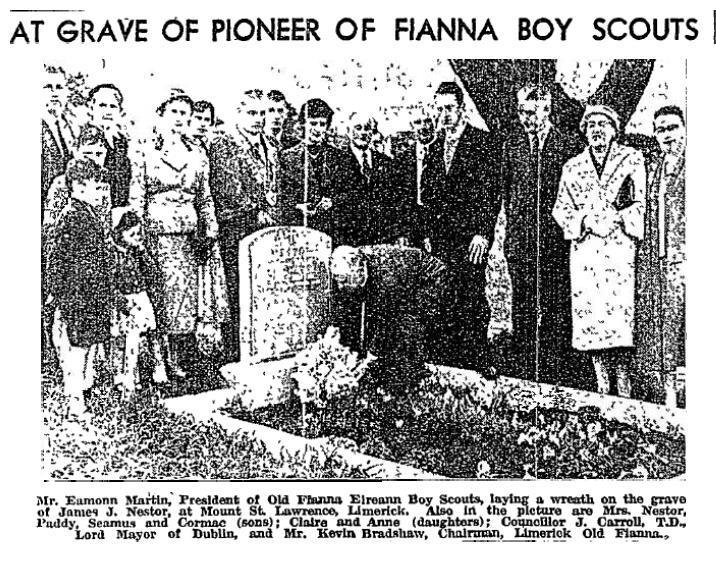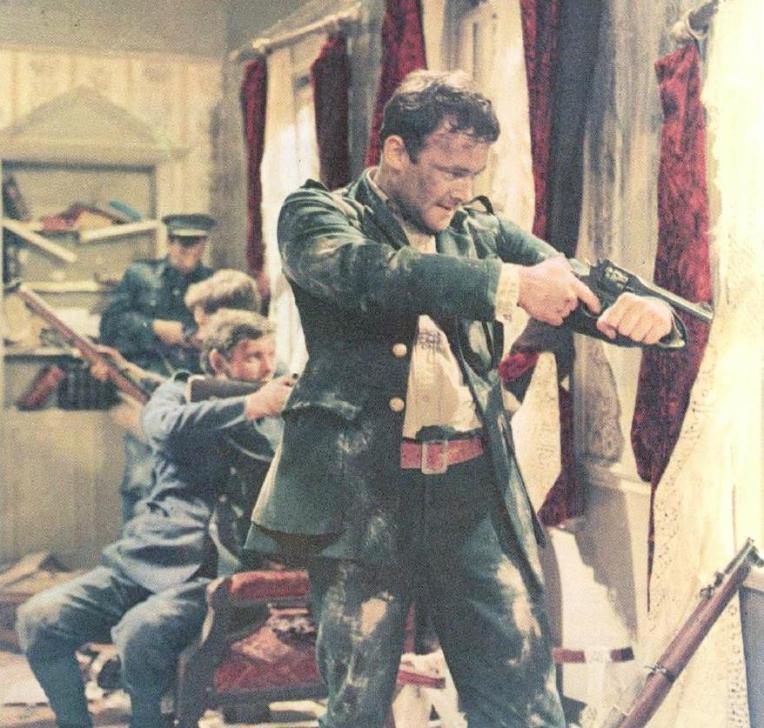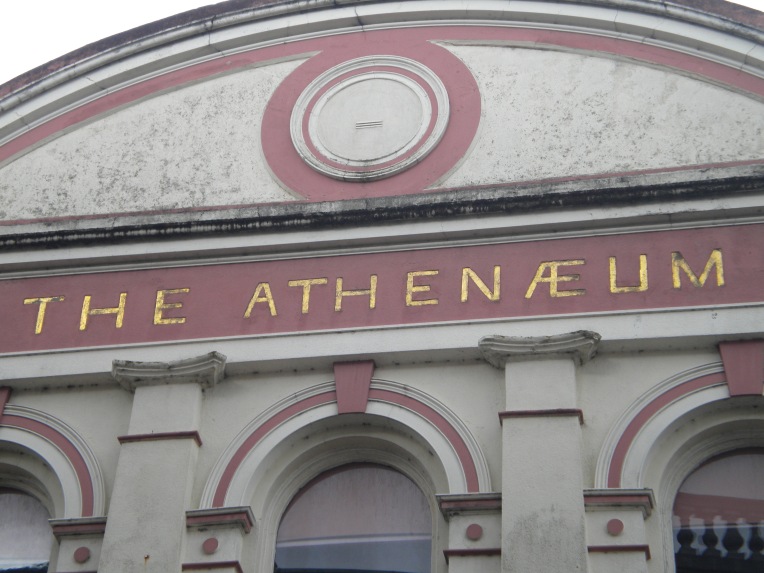
Seamus Nestor
‘C’ Coy 2nd Battalion Dublin Brigade 1916-21 Fianna Éireann
The following is an account of Fianna veteran Seamus Nestor by his former comrade and commanding officer in the Dublin Brigade Fianna Eireann, Liam Langley:
“While a pupil in St. Patrick’s School, Drumcondra, Dublin, Seamus Nestor joined Fianna Éireann upon its re-organisation after the Easter Rising in 1916. He was attached to Sean Heuston Sluagh, afterwards ‘C’ Company of the 2nd Battalion, Dublin Brigade.
For almost three years he was just an ordinary member of the Fianna. After passing through all his tests and being noted for punctuality and regular attendance on parades at lectures and camps, he was appointed Quartermaster of his Company at the end of 1919; in this capacity he attended classes in Musketry Instruction held by the I.R.A., afterwards imparting these instructions to Fianna on the use of small arms and grenades.
About this time he took part in a raid for cycles on the Central Telegraph Office. Fifty machines were taken from the stores.
In 1920 he was appointed 1st Lieutenant. He was then one of the squad told off for special intelligence work in connection with enemy spy activities.
In May 1921 he was in an armed engagement with Crown Forces: Accompanied by two others they served as covering party opposing a raid by British Military on a Fianna Camp at Finglas. Armed with revolvers their fire held off the enemy until all the Fianna in camp, about sixty, had escaped. Seamus visited the area on the following day and found the British Military still in the vicinity of King James’s Castle. As he was returning he met a Dispatch Rider, whom he know, attached to the Department of Home Affairs, on his way to shift a dump at the Castle. Despite the warning and advice given by Seamus the other insisted in taking a chance, having first handed over his dispatches which were addressed to Austin Stack, The Minister of Home Affairs, and were duly delivered. At the time the capture of these documents would have been a very serious matter indeed. The dispatch Rider was arrested by the British Military, court-martialed and sentenced to a long term of imprisonment. This arrest took place on 24th May 1921.
Following these incidents the services of Seamus Nestor were immediately requisitioned by Commandant P. Holohan and he was transferred as Assistant Battalion Quartermaster to the 1st Battalion, Dublin Brigade of the I.R.A. In this capacity he was responsible for the purchase, custody and distribution of arms and the inspection of arms dumps in the area. He had also to ensure that Company Quartermasters submitted full returns of arms and ammunition after armed attacks. He served in this capacity to the end of hostilities.

During the Truce, his works as Q.M’s Assistant, if not so risky, remained just as heavy. There was Camp Training at Mulhuddart, night manoeuvres and duties in connection with carnivals as a fund raising campaign, as well as continuing to purchase arms whenever possible. Following on the Belfast purge, as part of his duties, he was responsible for the billeting and feeding of refugees from that city. He took part in many raids for Belfast goods and did much duty at Fowler Hall.
During the last occupation of the Four Courts he was responsible for the transport of arms to and from there for Battalion use. During the attach and bombardment of the Four Courts when the street fighting commenced in the area, Seamus, under the supervision of Quarter Master Corliss, undertook the collection of arms and ammunition from dumps and distributed them amongst the different garrisons.
On the 28th June 1922 he reported to 44 Parnell Square and during the week he served at the Duke of Leinster’s house in Dominick Street and at Jenkins’ of Capel Street where the Garrison surrendered.
Imprisoned in Wellington Barracks, ‘B’ Wing, Mountjoy Prison and transferred to Newbridge Barracks in January 1923; he took part in the mass hunger strike and was released in December 1923.
He joined the Irish Press staff in 1931, later becoming Limerick Branch Manager until he retired through ill health in 1954. His death took place in Limerick on 23rd March 1956.”
Liam Langley – 23 July 1957
Battalion Commandant 2nd (North Dublin) Battalion
Staff HQ Director Organisation and Education
Photograph of Seamus Nestor and transcription of original account typed by Liam Langley in 1957 courtesy of Liam’s granddaughter Eimear Cremen.







